The Artist’s Wife with Cat
Menahem Shemi
1928
Image
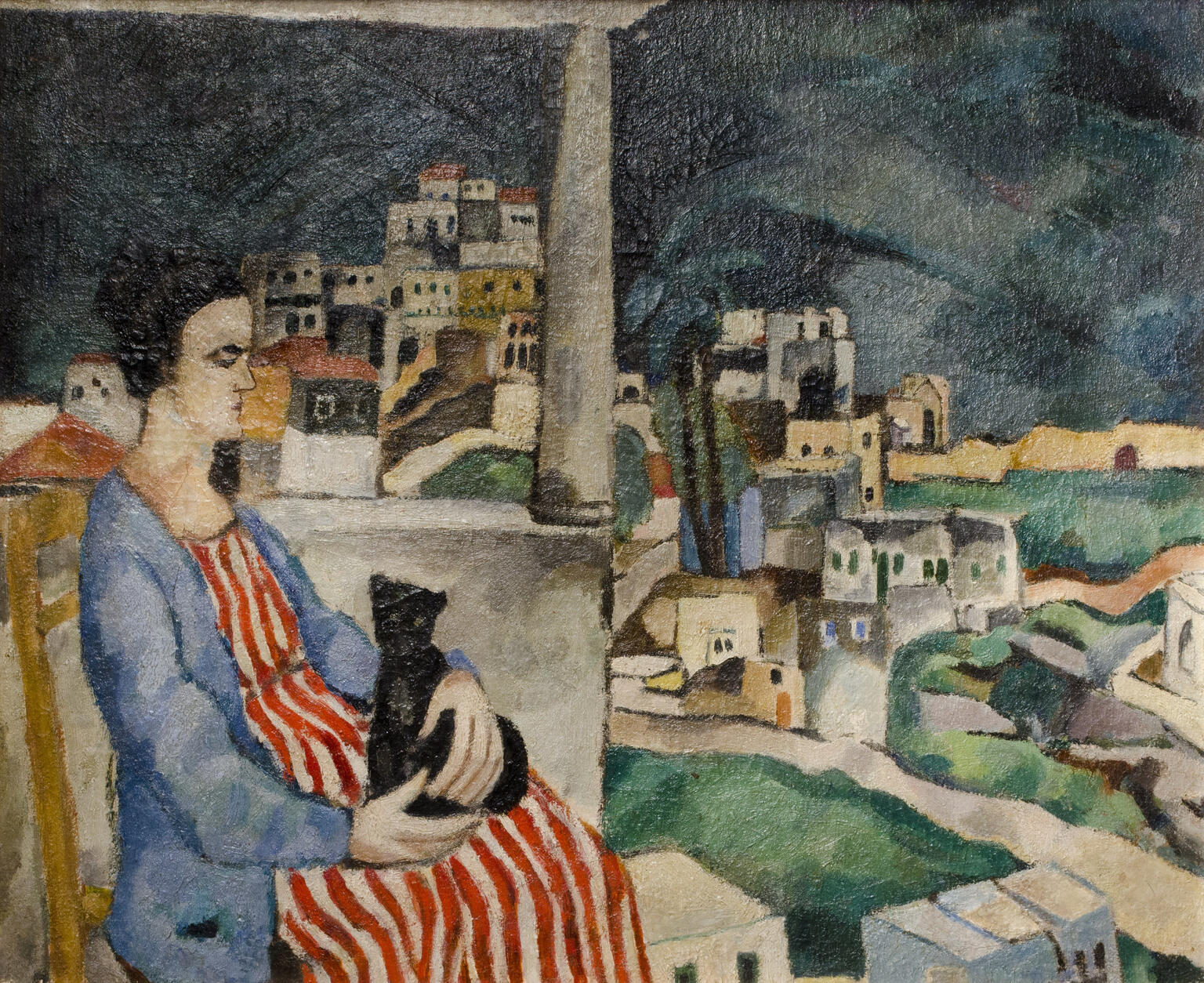
Engage with this Source
Creator Bio
Menahem Shemi
1897–1951
One of the fathers of Israeli painting, Menahem Shemi (born Schmidt) was born in Bobruisk (now Belarus) and studied art in Odessa. An impoverished student, he arrived in Jerusalem in 1913, enrolling at the Bezalel School of Arts and Crafts. During World War I, he was drafted into the Ottoman army, but he deserted and eventually fought as part of the Jewish Legion. He gradually found his footing as a teacher and artist, mixing Eastern and European styles into his own aesthetic. Shemi’s painting career flourished over the following several decades, even during the war years. Serving in the British army and painting in his free hours, Shemi continued to evolve artistically, using his refined, cosmopolitan style to capture the land, the people, and the spirit of the Yishuv (Jewish settlement) on the eve of the State of Israel’s historic creation. His paintings reflect a desire to create a distinctive Land of Israel style while remaining true to the modernism of the school of Paris.
You may also like
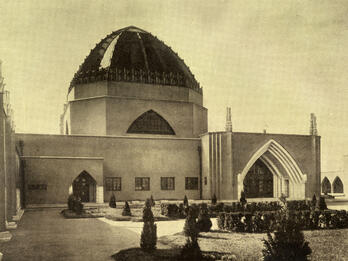
Ceremonial Hall, New Jewish Cemetery, Vienna
Architect Ignaz Reiser won a contest to design this ceremonial hall for the New Jewish Cemetery in Vienna. Construction began there in 1926. The most prominent feature of the building was its dome, an…
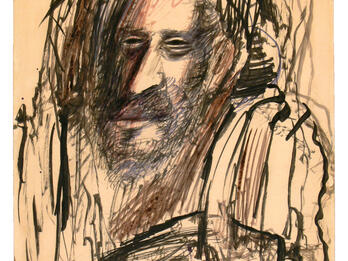
Costume Design for Dovid Bergelson’s The Deaf One
In the wake of the Russian Revolution and the lifting of restrictions on Jewish publishing, Jewish theater companies revolutionized theater and scene design and experimented with modernist approaches…
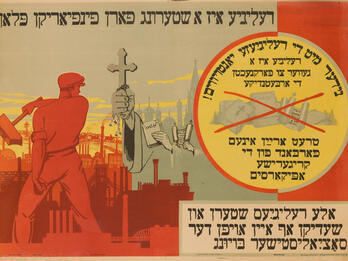
Religion Is an Obstacle to the Five-Year Plan
This poster, designed by an unknown artist, presents in a clear, graphic manner the goal of the Soviet campaign to eradicate religious life. The texts in Yiddish emphasize the need to bring an end to…
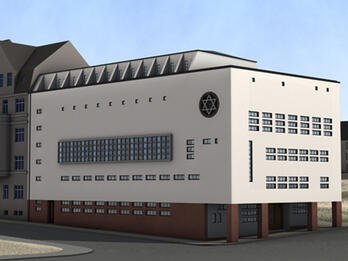
Reform Synagogue, Plauen
This modern synagogue in Plauen (in the Saxony region) was one of the few synagogues built in Germany in the economically turbulent years of the Weimar Republic. Jews and non-Jews contributed funds…
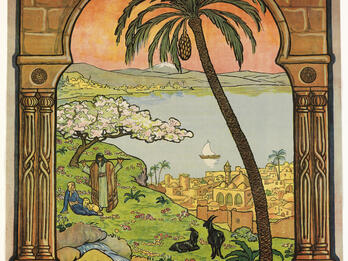
Come to Palestine
Raban was known as a designer, painter, and book illustrator but also designed at least two posters, including this one for the Society for the Promotion of Travel in the Holy Land. The poster’s…
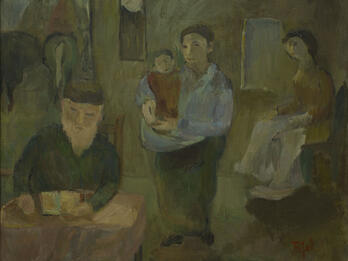
Family Reunion
Painting in an expressionist style, Tofel was involved in the Jewish Art Center in New York (1925–1927) that held exhibitions on Yiddish culture. He was also active in a group of American Yiddish…

